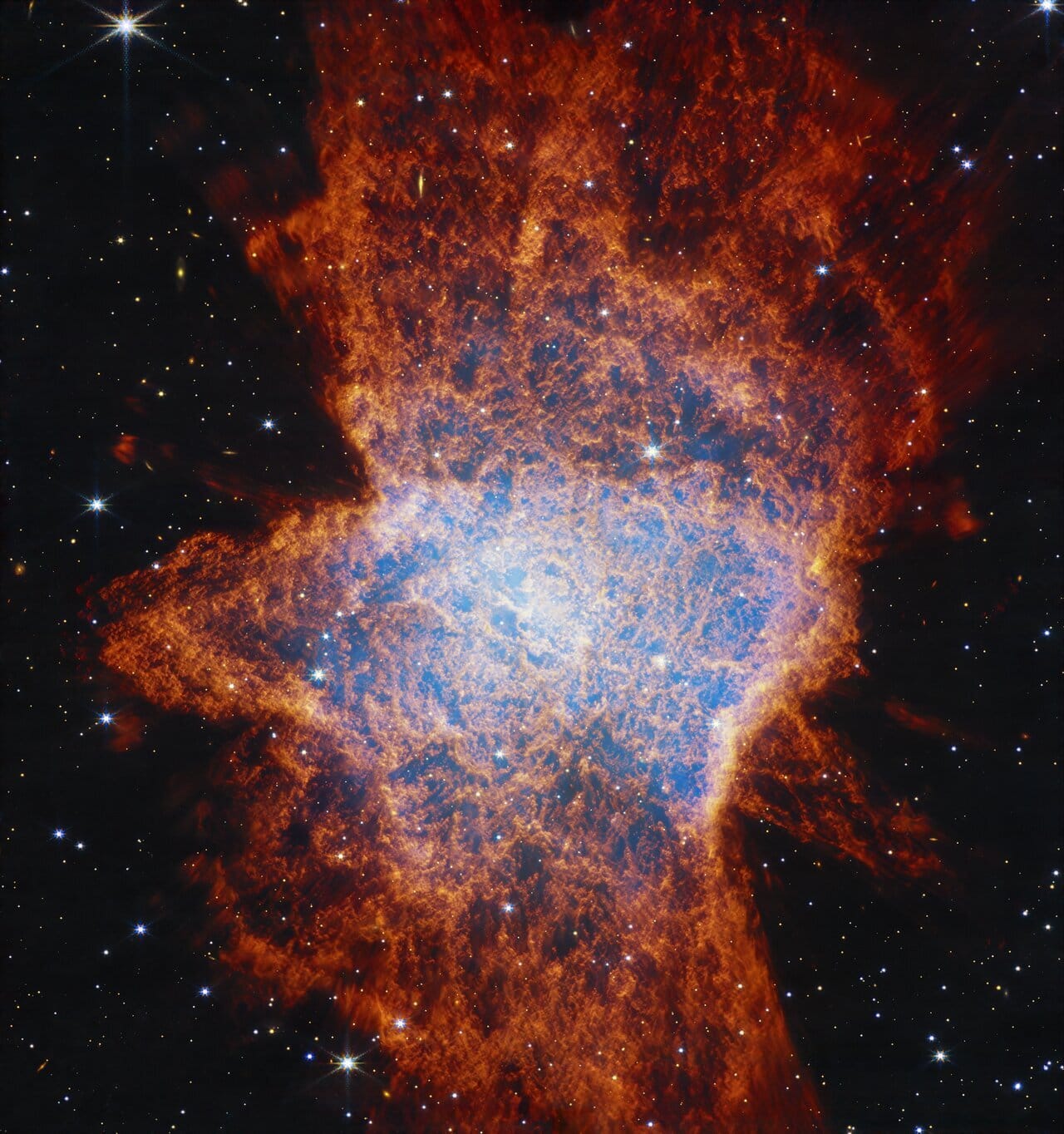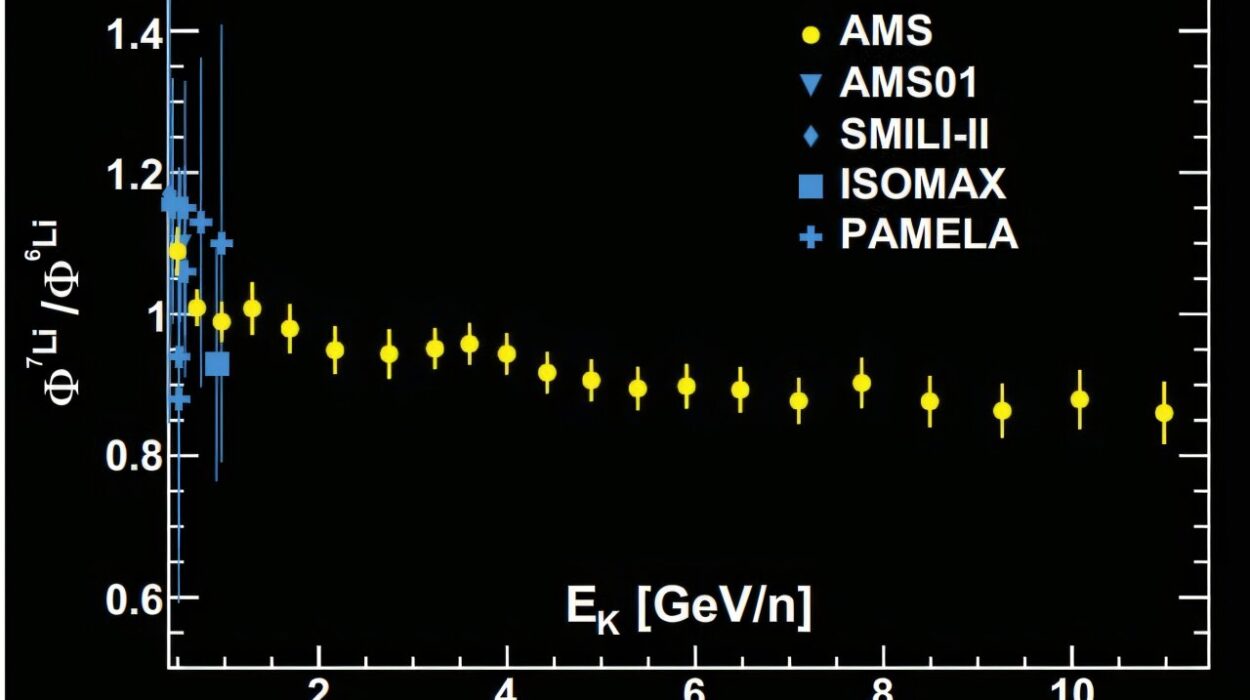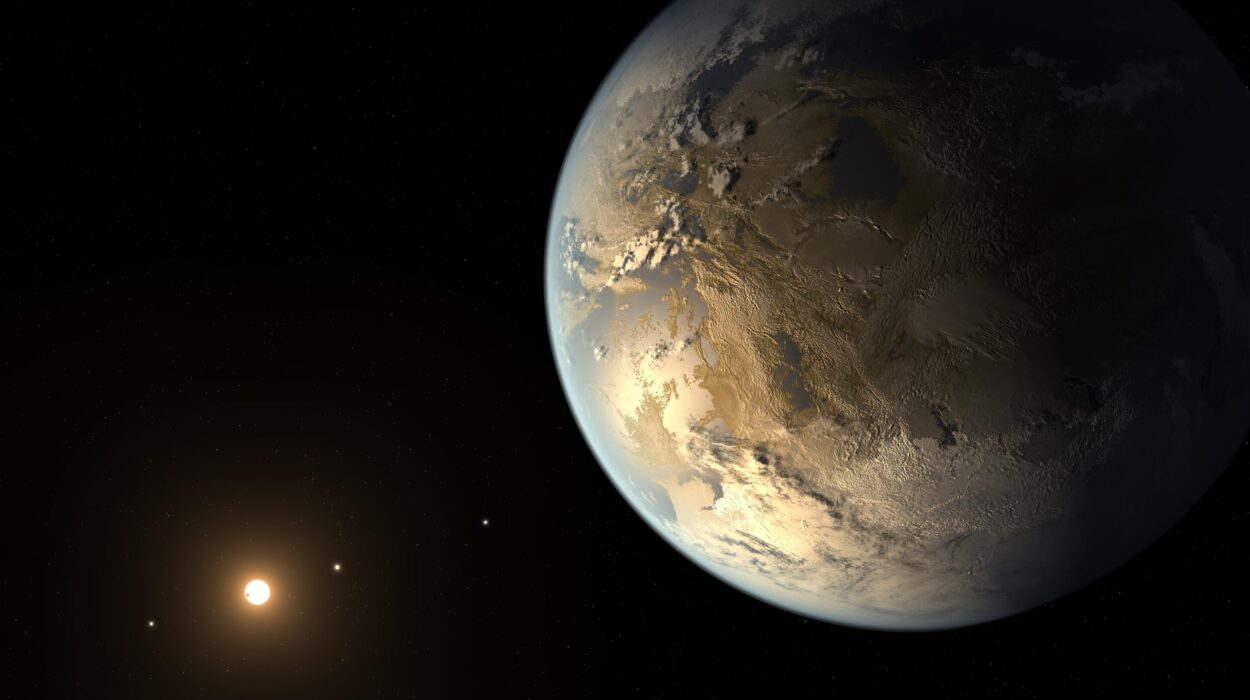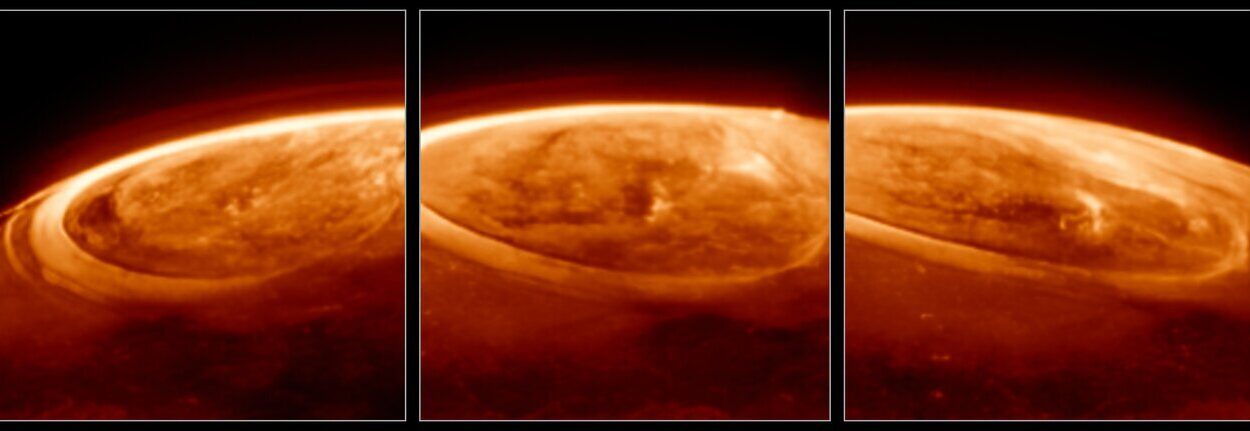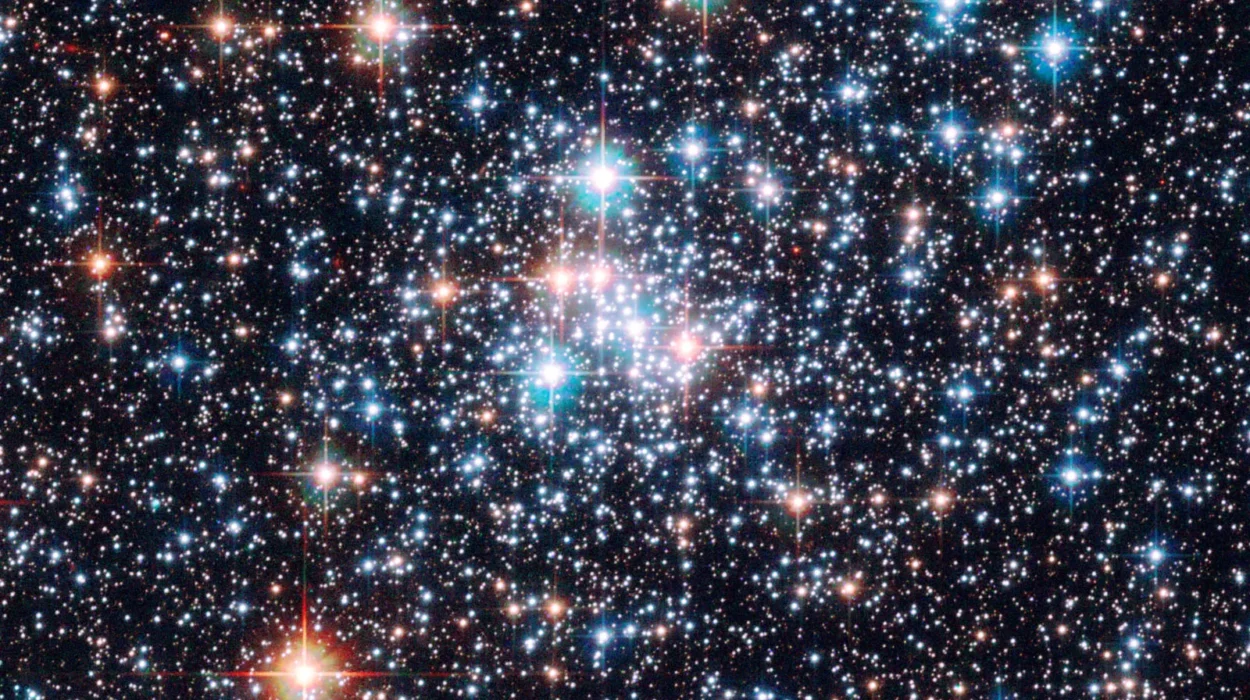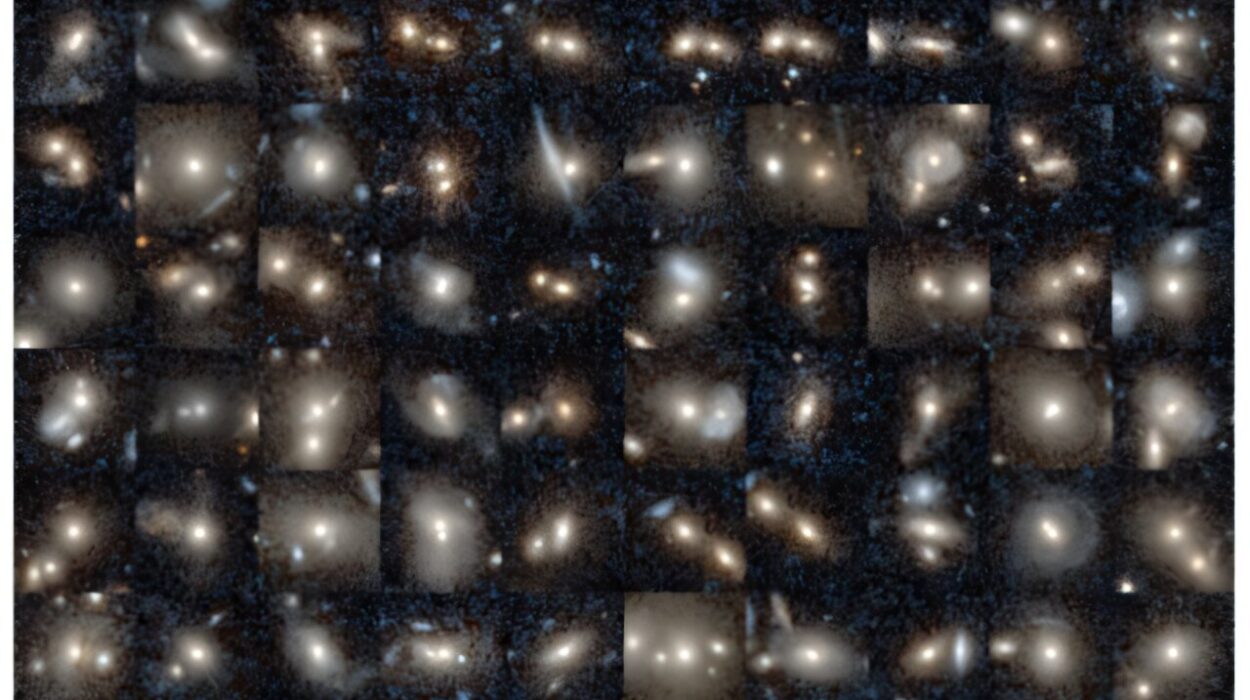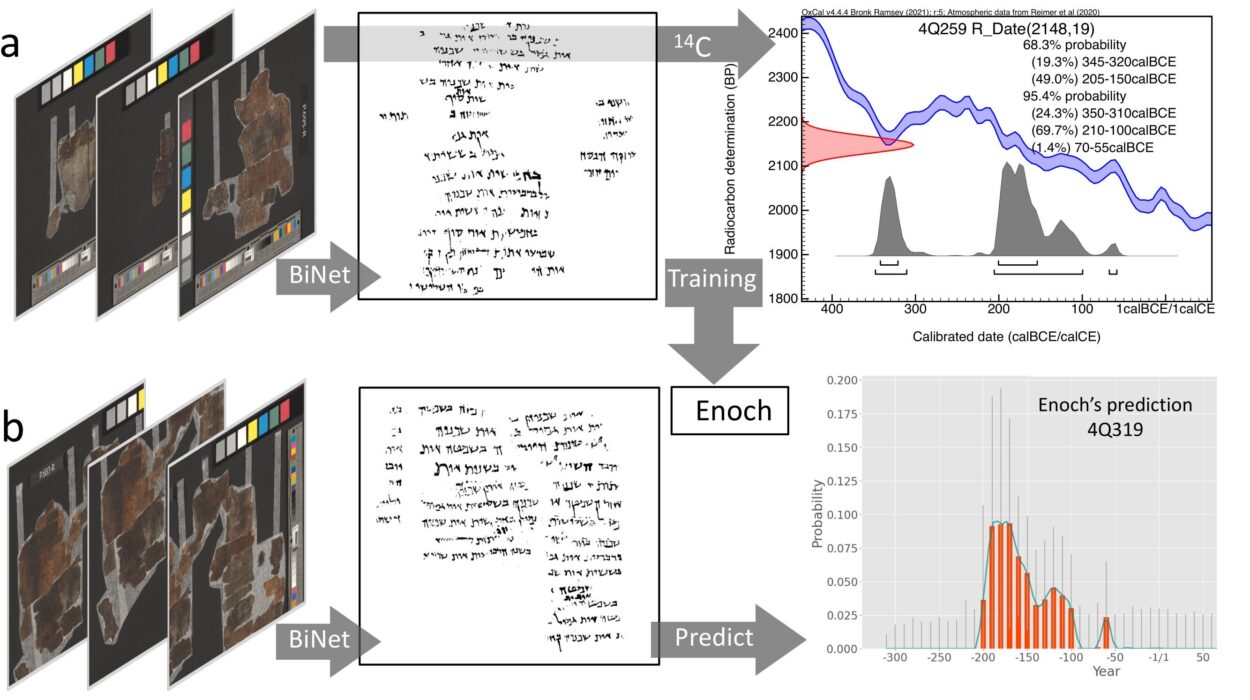When we look up at the night sky, it’s easy to think of stars as eternal fixtures—silent, brilliant, and unchanging. But stars, like all things in the cosmos, have a life cycle. Some end in fiery supernovae. Others, like the Sun, leave behind something quieter but no less beautiful: planetary nebulae. Now, the James Webb Space Telescope (JWST) has turned its unparalleled gaze to one such dying star, revealing a complex, multi-polar structure that challenges our understanding of how stars die—and what they leave behind.
The star in question lies at the heart of NGC 6072, a planetary nebula located some 3,700 light-years away in the constellation Scorpius. First cataloged centuries ago as a faint, fuzzy patch through early telescopes, this object has now been transformed into a luminous spectacle in Webb’s latest high-resolution images. What astronomers see is not a quiet puff of gas, but a cosmic fireworks display shaped by forces far more complicated than once imagined.
More Than Meets the Eye: A Nebula with Multiple Personalities
Planetary nebulae are created when stars similar in mass to our Sun exhaust their nuclear fuel. As their cores collapse into white dwarfs, their outer layers are ejected into space in beautiful, often symmetrical shells of glowing gas. These shells are typically round, oval, or bipolar—structures with two lobes extending in opposite directions.
But NGC 6072 breaks that mold. In images captured by Webb’s Near-Infrared Camera (NIRCam), astronomers can clearly see that this nebula is multi-polar, with numerous elliptical outflows erupting from its center. These outflows are not simply aesthetic features—they’re physical evidence of a dynamic and possibly chaotic ending to this star’s life.
The multi-directional jets suggest the presence of more than one star at the nebula’s center. Astronomers believe that a companion star—likely a close binary—played an active role in shaping the nebula. As the aging primary star began shedding its outer gas layers, the gravitational dance with its companion sculpted the ejected material into rings, disks, and lobes in multiple directions.
This interplay is especially visible in the compressed gas along the nebula’s equator, forming what resembles a dusty disk. It is the gravitational influence of the unseen companion that likely molded this intricate shape, warping the once-spherical gas cloud into an exquisite cosmic sculpture.
Anatomy of a Dying Star’s Heart
Webb’s NIRCam and Mid-Infrared Instrument (MIRI) allow astronomers to peel back the layers of this stellar corpse with remarkable precision. In NIRCam’s image, the central region glows with a soft blue hue, marking the intense heat of the dying stellar core—what remains of a star once several times the size of the Sun.
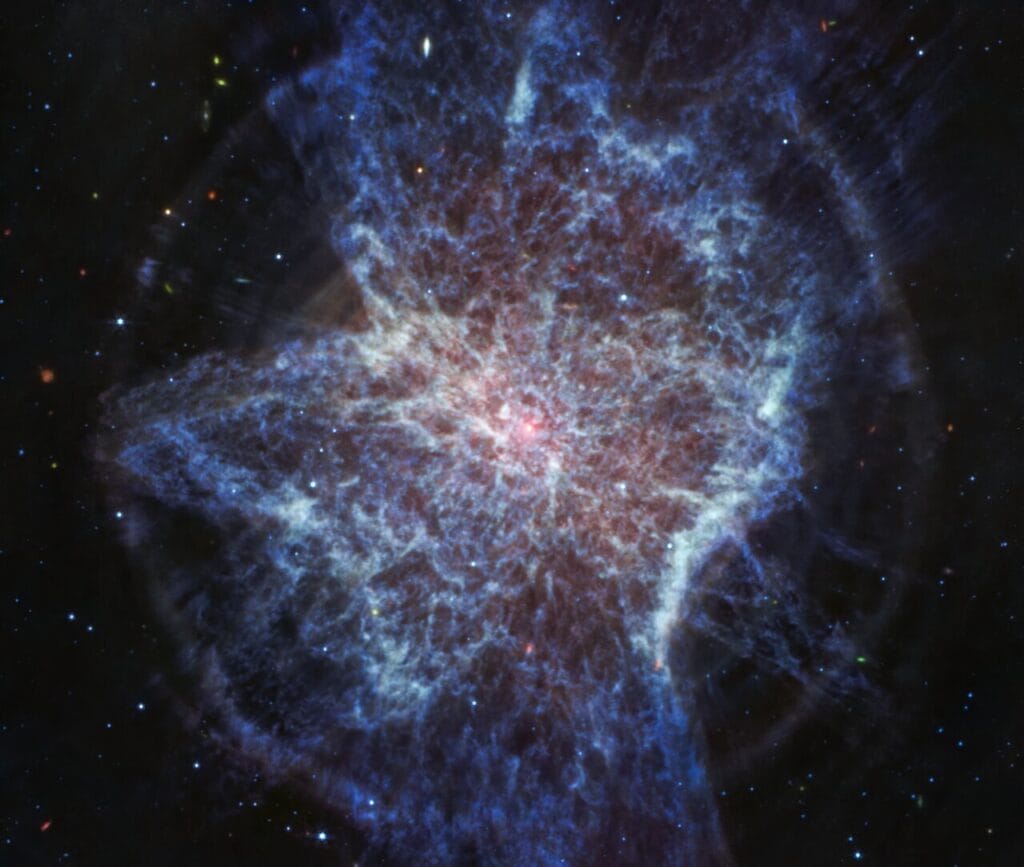
Surrounding this core is a rich interplay of dark orange gas and blue-tinted voids. These are not random clouds, but signs of physical processes playing out over millennia. As the star began to shed mass, denser clumps of molecules—shielded from the intense radiation—may have survived in shadowy pockets. Over time, fast-moving stellar winds from the core plowed through this earlier halo of gas, carving out hollow corridors and compressing the molecular structures we now see.
MIRI’s longer-wavelength view adds even more detail, highlighting cool dust that radiates faintly in the mid-infrared. Amid this glow, astronomers spotted what they believe is the actual central star system—a small pink-white dot, possibly the elusive companion responsible for the nebula’s eccentric structure.
Even more intriguing, MIRI reveals concentric rings rippling outward from the nebula’s center. These may be echoes of mass loss that occurred in cycles, or signs that the secondary star carved out spiral arms of material as it orbited the primary star. Each ring could represent a chapter in the nebula’s unfolding narrative—a record of how stars can die not in isolation, but in partnership.
Molecular Clues in a Cooling Halo
The color-coded images are more than just eye candy. They serve as maps of different temperatures and chemical compositions. The red regions in NIRCam and the blue zones in MIRI both trace molecular hydrogen, one of the most basic and essential ingredients in the cosmos. The central blue regions, on the other hand, reveal the presence of hot ionized gas—electrons stripped from atoms under the intense radiation from the exposed stellar core.
This gradient—from cool molecular gas to hot, ionized plasma—offers a snapshot of the dying star’s long goodbye. First, gentle winds expelled the outer layers. Later, more violent outflows shaped and ionized the surrounding gas. The process is ongoing, stretching across thousands of years.
The Life After Death of a Star
What happens next to NGC 6072 is written in the stars. Over tens of thousands of years, the glowing gas will slowly dissipate into the interstellar medium. But it won’t vanish without consequence. These nebulae are stellar recyclers, returning material enriched with heavier elements—carbon, oxygen, nitrogen—into the galaxy. From this debris, new stars and planetary systems will eventually form.
This is one of the most poetic truths of astrophysics: stars die so that others may be born. The carbon in our bodies, the oxygen we breathe, the calcium in our bones—all were forged in ancient stars like the one at the center of NGC 6072. Webb’s view of this nebula is not just a portrait of death, but a reminder of the great cosmic continuum.
Beyond Beauty: Why This Discovery Matters
The James Webb Space Telescope wasn’t designed merely to capture pretty pictures—it was built to answer the hardest questions in astronomy. How do stars evolve? What role do binary interactions play in shaping stellar deaths? How is complex chemistry seeded across the galaxy?
The stunning images of NGC 6072 provide data that will feed into models of stellar evolution, binary dynamics, and interstellar enrichment. They also demonstrate that not all planetary nebulae are created equal. The peculiar architecture of this nebula hints at a rich variety of evolutionary paths that stars may take, depending on their companions, spin rates, and chemical composition.
Webb’s sensitivity to both hot and cold components of the nebula allows researchers to study the full range of materials involved, from high-energy plasma to dust grains that might one day condense into new worlds. This comprehensive view was never possible before—and it is changing our understanding not just of how stars die, but of how galaxies live.
A Telescope That Sees Beyond Time
In turning its eye to NGC 6072, the Webb Telescope has given us more than a glimpse into a dying star’s complex anatomy. It has offered a profound meditation on the cycles of cosmic life. From the delicate rings etched by a stellar partner to the glowing remnants of thermonuclear fusion, this nebula is a testament to the beauty of impermanence and the power of collaboration, both between stars and between scientists.
As Webb continues its mission, we can expect more surprises—more oddball nebulae, more strange binary interactions, and more chances to rewrite the story of stellar death. And in doing so, perhaps we will also gain a deeper appreciation for our own place in this luminous, ever-evolving universe.
